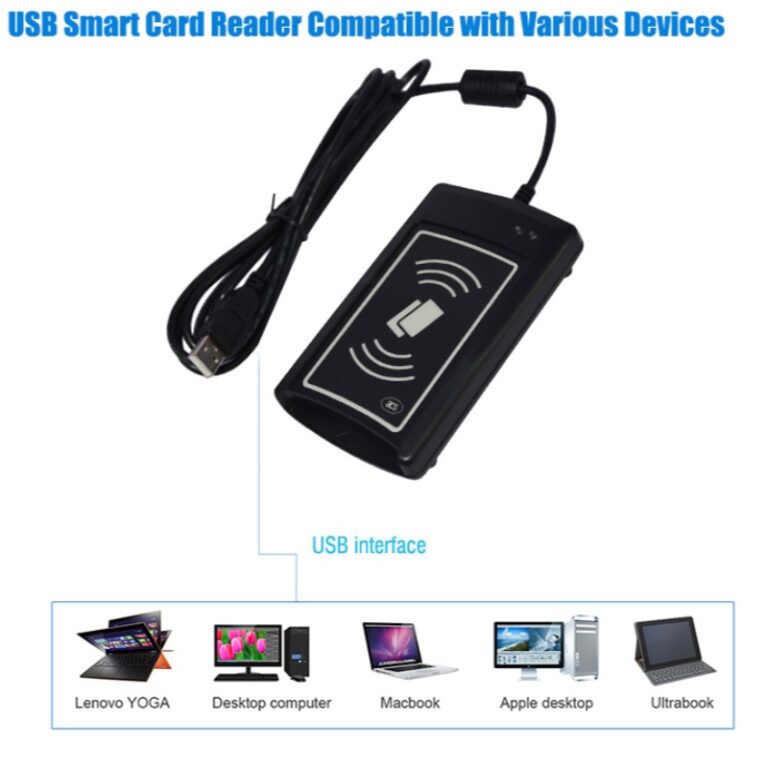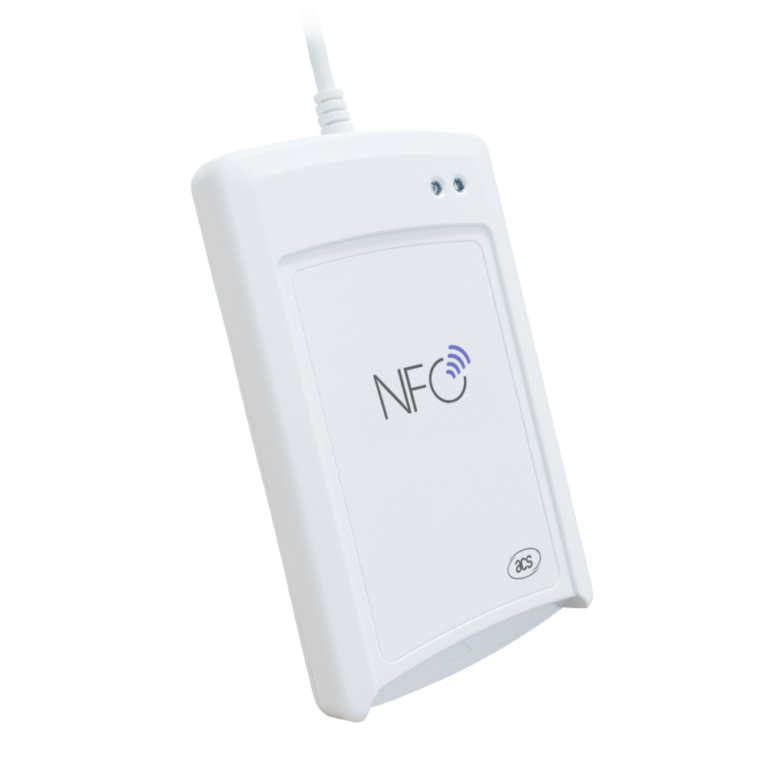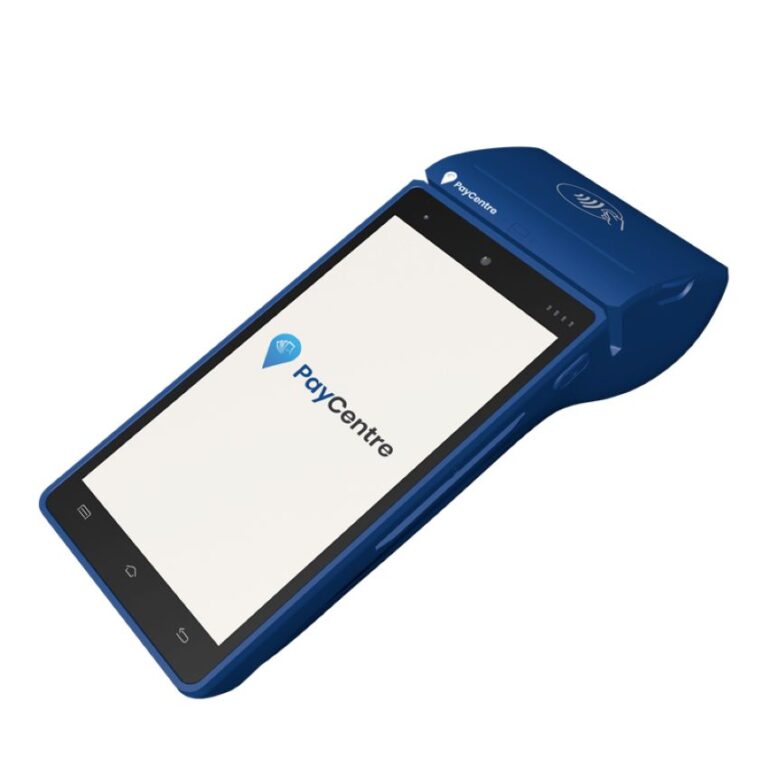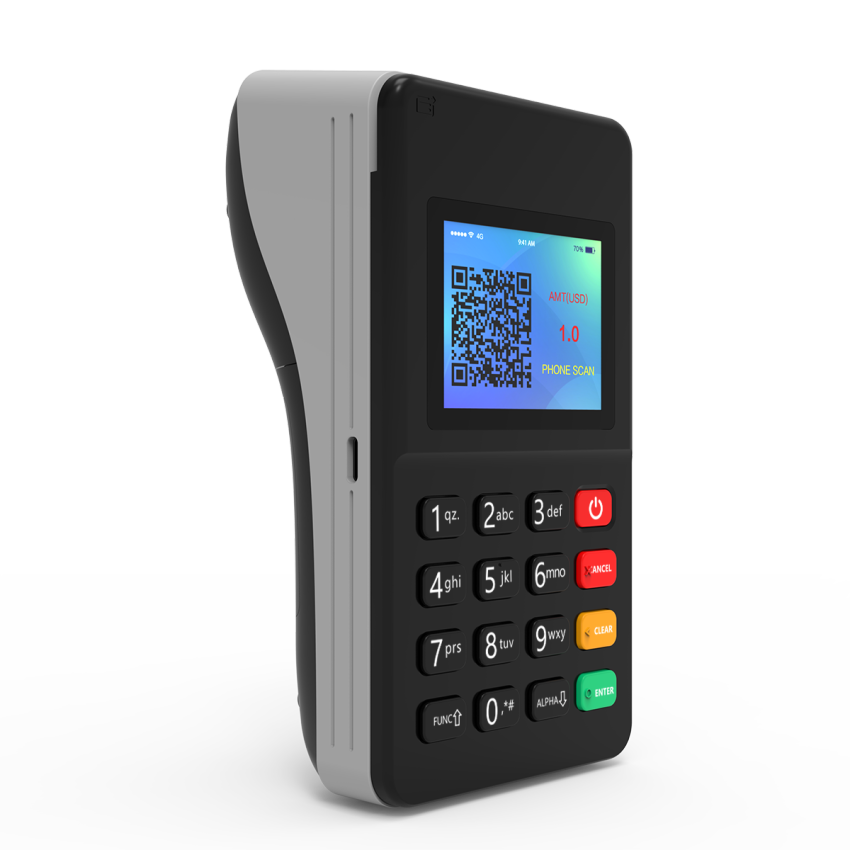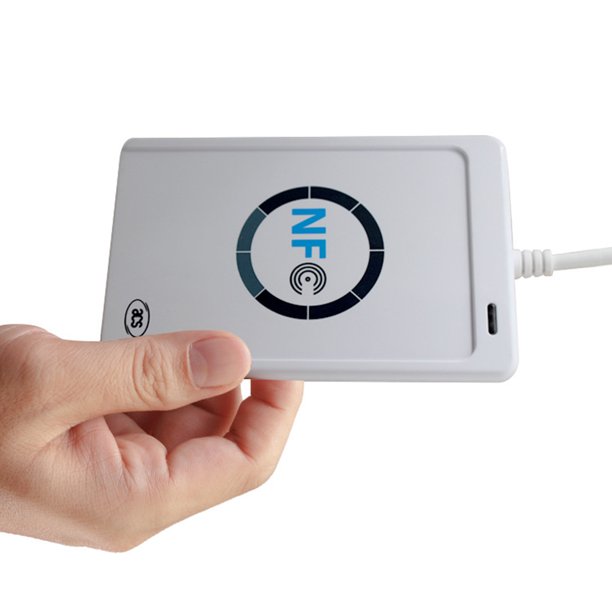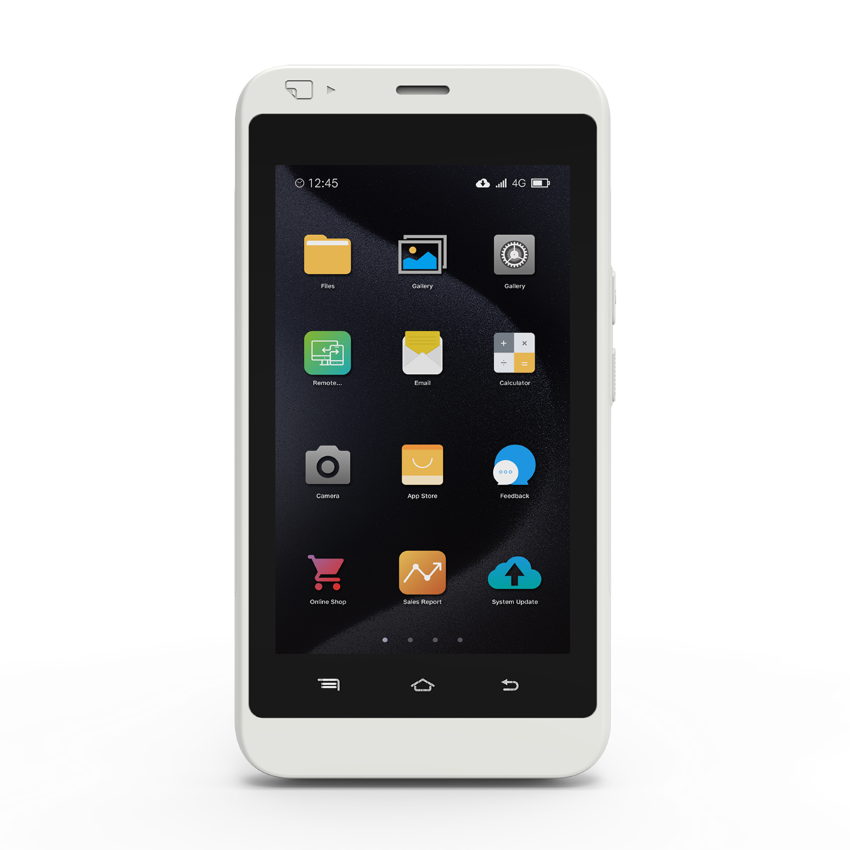-
Long Zhi Xiang Tiancheng Science and Technology Park, Shenzhen
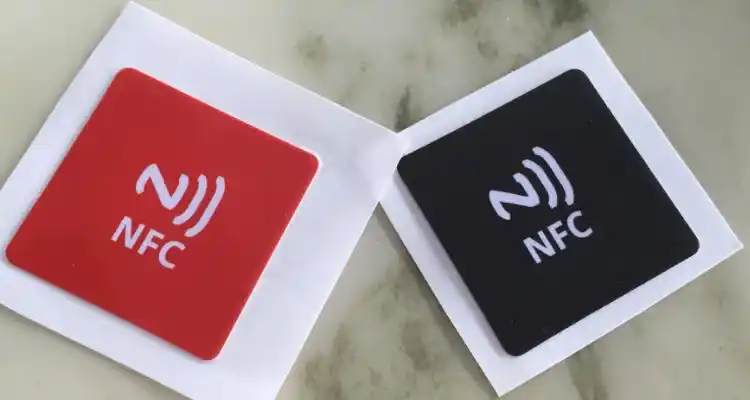
NFC Explained: How Near Field Communication Works
Discover how NFC technology works! Learn about NFC tags, readers, types, and how they enable mobile payments, data transfer, and more. Explore the power of near field communication.
Table of Contents
NFC (Near Field Communication) is a popular wireless technology enabling data transfer between devices in close proximity. Often a faster and more secure alternative to QR codes for short-range applications like mobile payments, NFC is surprisingly simple. With the right reader, you can extract data from various NFC tags.
These tags are incredibly versatile, especially useful when you need to effortlessly transfer small amounts of data. Tapping a surface is quicker and easier than Bluetooth pairing or other traditional wireless methods. Digital cameras and headphones, for example, often embed NFC tags for quick connections. But how do they actually work? Let’s explore.

How NFC Tags Work
NFC tags come in various shapes and sizes. The simplest are often square or circular stickers, featuring a fine copper coil and a small memory space on a microchip. The coil allows the tag to wirelessly receive power from an NFC reader through electromagnetic induction.
Essentially, when a powered NFC reader is near the tag, the tag becomes energized and transmits any stored data from its microchip to the device. For sensitive data, tags can also use public-key cryptography to prevent malicious attacks.
The simple structure of NFC tags enables them to be incorporated into many form factors, like hotel key cards or access badges. These typically contain a plastic card with copper wiring and a microchip for memory. The same principle applies to NFC-enabled credit and debit cards, which include a fine copper wire running along the card’s perimeter.
Importantly, powered NFC devices like smartphones and tablets can also act as NFC tags. Unlike RFID, which only supports one-way communication, NFC facilitates two-way data transfer. This allows your phone to simulate an embedded NFC tag, like those used for contactless payments. These are more advanced devices, but the basic operating principle remains the same.
Types of NFC Tags
Most NFC tags follow the ISO 14443 standard for proximity data transmission, with five subtypes, labeled 1 to 5.
- Type 1: The least advanced, storing less than 1 kilobyte of data (just a few hundred characters). Enough for a URL or Wi-Fi password, but not much else. Transfer speeds are also relatively slow, around 100 kbps.
- Type 5: Can hold up to 32KB of memory. Data transfer speeds are roughly four times faster than Type 1. It’s still not a lot of data compared to a typical microSD card of the same physical size. However, it is adequate for use cases such as ticketing and access control.
These types of tags may also offer additional features such as tamper resistance and improved interference handling. However, as you might expect, more advanced NFC tags are also more expensive to manufacture. Considering that very little data is transmitted through this medium, most applications are adequately served by more primitive types. Type 1 and Type 2 tags are more common and only cost a few cents if purchased in bulk.
NFC tags are usually read-write, so you can reuse them as needed. This further reduces deployment costs in large-scale use cases.
How NFC Readers Work
NFC readers provide power to passive tags and read data. To do this, the reader needs a power source to send an electrical current through its own coil, which will then generate a magnetic field. This is how the tag is energized, and that electrical current is then used to transmit data.
Once the tag is energized, the actual data transmission process is straightforward. The reader can detect how the NFC tag modulates the electromagnetic field. A technique called Manchester encoding is used to determine binary values (0s and 1s) from the electromagnetic pulses. These binary values are then converted into human-readable text.
Contactless payment terminals are perhaps the most widely used NFC readers, followed closely by public transport card readers. In both cases, you have a unique NFC tag in the form of a card or token storing your balance or account information. Meanwhile, the reader is typically a fixed device with an active connection to power and data, sometimes via battery and Wi-Fi, respectively.
Reading and Writing NFC Tags
Most mid-range and high-end smartphones now include NFC hardware. This makes reading existing NFC tags incredibly simple: just physically touch it with the back of your smartphone. Depending on the tag’s content, a pop-up will automatically appear on your device, prompting you to complete an action. For example, a tag with a URL might open a web browser, while a tag embedded in headphones might automatically initiate Bluetooth pairing.
For writing or overwriting data, note that not all NFC tags are read-write. Some, such as those designed for access control, may have write protection to prevent tampering or unauthorized modification. There are still plenty of unbranded NFC stickers and cards that can be overwritten.
With rewritable NFC tags, you can program them to do almost anything you want. Applications like NFC Tools allow you to write contacts, Bluetooth pairing information, website links, or Wi-Fi configurations onto the tag.
For a more advanced example, you can combine NFC tags with automation apps like Tasker (Android) or Shortcuts (iOS) to perform actions like turning on the lights.

